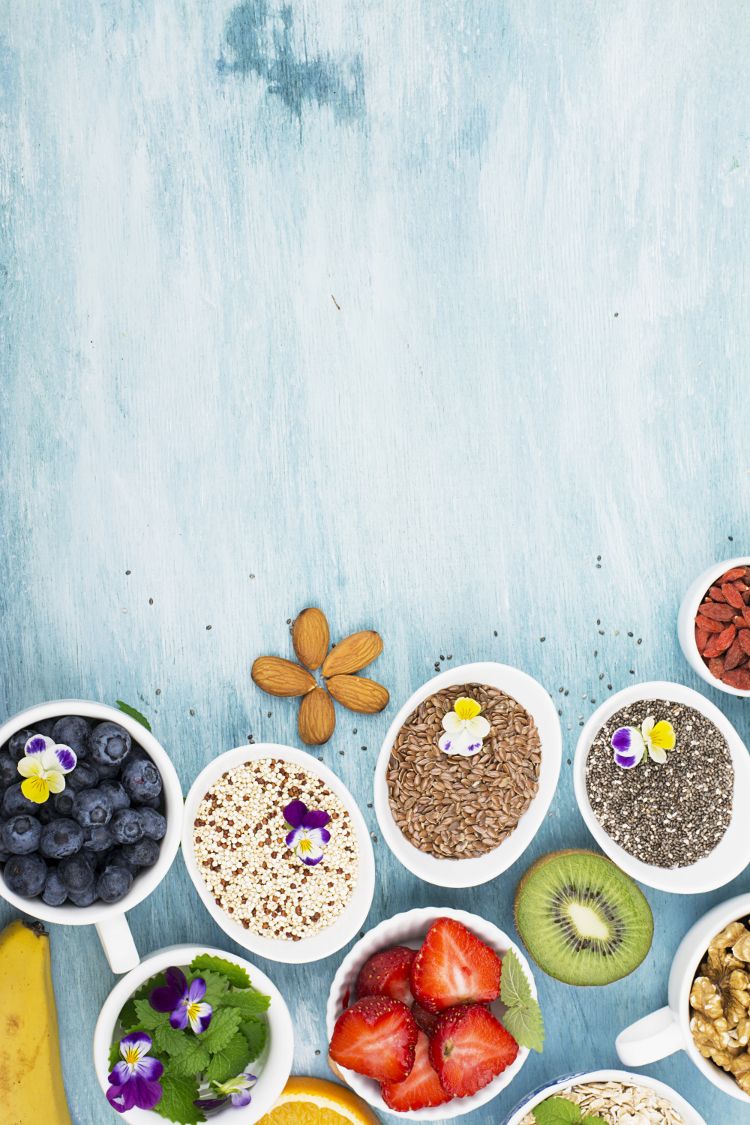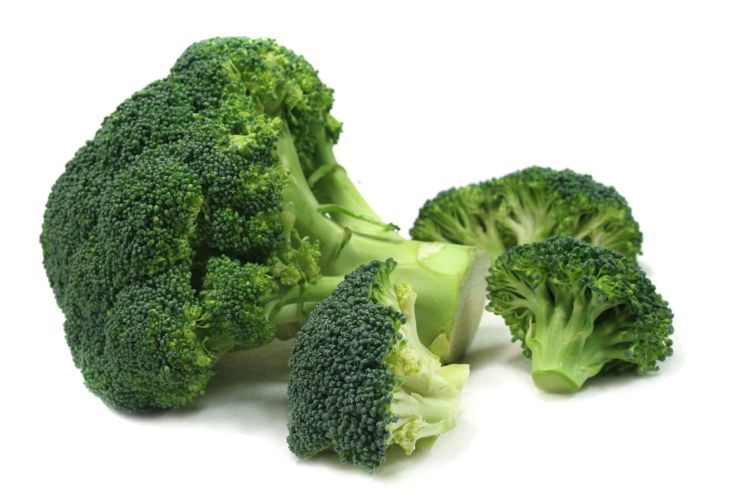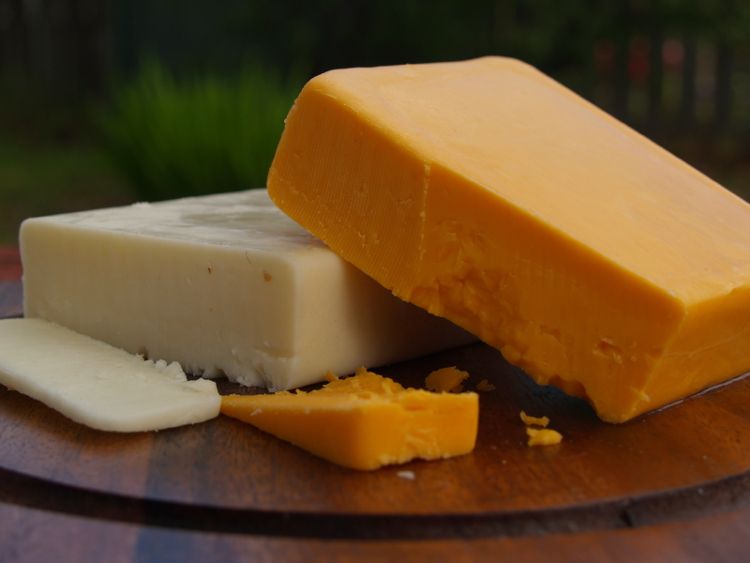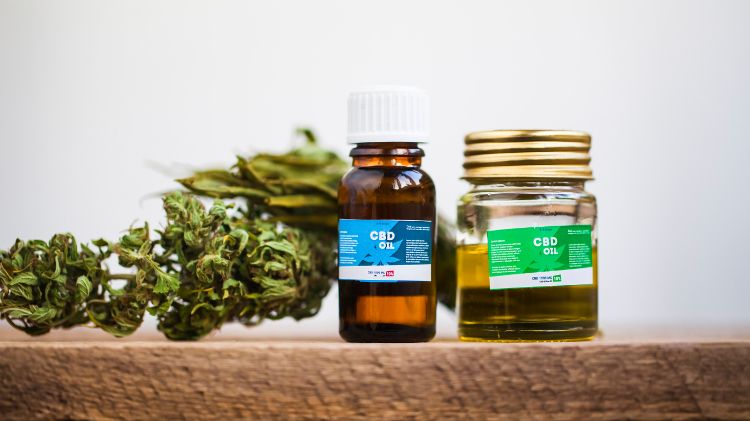Biggest superfood trends in 2018
How super was superfood performance in 2018?
Photo © Shutterstock.com/ILEISH ANNA

Originally coined as a marketing term, superfoods as a market category has shown staying power and evolution over the years. “I consider superfoods to be any ingredient of whole food that has an added health benefit as a superfood,” explains Scott Dicker, retail and brand client insights lead for SPINS market-analysis firm.
Analysts at SPINS capture and track superfood data in two ways: 1) as categories that are standalone superfoods, such as fresh fruit, including blueberries and coconut, and 2) as added ingredients within the firm’s proprietary “functional ingredient” attribute throughout both the food-and-beverage category and the supplements category. Examples of the latter include spirulina, protein, and wheat grass.
“Superfoods has really transitioned over the years from something that health-focused consumers used to seek out as standalone ingredients, while the general consumer was unaware of these ingredients and rarely, if ever, had the opportunity to consume them,” Dicker says. “Fast-forward to today, we are seeing even the biggest conventional retailers add functional superfood ingredients across the entire store.”
Plus, he says, “People are now consuming superfoods very often via reformulated foods and beverages that they had already been consuming for quite some time.” He cites the examples of protein added to packaged cookies and probiotics added to tortilla and corn chips.
Matt Lincoln, client insights consultant at IRI Worldwide, characterizes market performance of superfood products as “mixed” and says it varies by category.
He sees growth among products sold by “smaller liquid and powder supplement players” containing superfood greens, as well as frozen side dishes and packaged snacks containing these same greens. On the other hand, he points to a decline in sales of Emergen-C brand’s Super Fruit Pomegranate Powder and Super Fruit Triple Berry Blast products, and Naked Juice’s refrigerated vegetable juices.
So what does superfood even mean to today’s consumer? Margaret Truszkowska, senior natural products researcher at SPINS, explains the term this way: “The focus is zoomed in on eating nutrient-dense food that will give us energy and benefit our bodies,” she says. “I have heard so many times, ‘I would rather spend more money on the best produce and clean products than on medicine and doctor visits.’ This mindset has paved the way for superfoods.”
Ahead, we take a look at some superfood categories that are showing high levels of innovation and solid growth: 1) greens, 2) the three Ps (protein, probiotics, and plant-based dairy alternatives), and 3) CBD oil.
Photo © iStockphoto.com/MarenWischnewski

The Green Team: Kale, Broccoli, and More
Formulating “superfood” greens-particularly cruciferous greens, such as kale and broccoli-into both convenient packaged foods and supplements is popular among large and small consumer brands alike.
IRI’s Lincoln points to the example of the Amazing Grass brand’s Green Superfood, a supplement whose sales in the total U.S. multi-outlet channel increased 83% during the 52 weeks ending June 17, 2018, according to IRI data. The Amazing Grass supplement also contains probiotics, another functional ingredient characterized by market researcher SPINS as a popular superfood.
In frozen side dishes, IRI’s Lincoln says two superfood-greens-based products launched in 2017, Birds Eye Steamfresh Superfood Blends and Garden Lites Superfood Veggie Cakes, contributed to the overall growth (28%) of frozen side dishes. Furthermore, in salty snacks, the Rhythm Superfoods brand “grew 79% in the past year,” Lincoln says, with its line of vegetable-based chips, including kale chips.
It should be noted here as well that packaged foods formulated with the previously ho-hum cruciferous (but not green) vegetable cauliflower, such as pizza crusts, chips, pretzels, and baking mixes (not to mention the ubiquitous riced cauliflower, sold both fresh and frozen) are very visibly trending right now, with no indication of their popularity waning. Nosh.com noted in March of this year cauliflower’s frequent appearance at 2018's Natural Products Expo West show, pointing out its use by brands to make “nutrient-dense, gluten-free options of some of consumers’ favorite comfort foods.”
Photo © iStockphoto.com/annestahl

The Three Ps: Proteins, Probiotics, and Plant-Based Dairy Alternatives
SPINS’ Dicker says his firm sees continued growth of “two of the biggest superfood functional ingredients from 2017: protein and probiotics. We are seeing brands continue to go to protein and probiotics as superfood additions throughout the store.”
Interestingly, considering superfoods’ image as a health-booster and disease-fighter, Dicker explains that “traditional junk food categories like cookies and chips are adding functional ingredients now, with protein really taking off in cookies-up 136% cross-channel from last year, when looking at the combined growth of all protein sources.” He adds, “This is contributed to by brands like Quest and Lenny & Larry’s making the protein cookie the new protein bar.”
In probiotics, shelf-stable tortilla and corn chips formulated with probiotics have “caused a 1137% cross-channel sales increase” in that particular subcategory, Dicker says, and his colleague, Margaret Truszkowska, senior natural products researcher at SPINS, points to plant-based dairy alternatives as superfoods that are “dictating the market.”
“We see so many new alternatives for milk, cheese, butter, creamers, sour cream, and ice cream,” Truszkowska says. “The product innovation has been spectacular, with entrepreneurs creating new, clean, dairy-free products.” She cites almond and cashew bases, hemp- and pea-protein formulations, and coconut- and oat-based products as examples, and she attributes the explosion of these superfoods to consumer awareness and demand for fresher, “cleaner” ingredients.
Photo © Shutterstock.com/ElRoi

New Kid on the Block: CBD Oil
SPINS’s Dicker calls CBD oil (cannabidiol oil) a “new player” in the superfoods game. “The emergence of CBD oil as a superfood is expanding the functional foods industry,” Dicker says. “In SPINS’s Natural Channel, which we have found to be the innovation channel where trends begin before they hit the Conventional Multi-Outlet Channel, CBD oil as a functional ingredient is up 326% year over year in Grocery and 449% year over year in Vitamins and Supplements. These impressive numbers indicate to us that this trend is on the verge of exploding all throughout the stores.”
Indeed, CBD oil is the subject of a recent Consumer Reports feature story that states the product is “experiencing a wave of rising consumer use.” The author writes that a “growing body of consumer research suggests it has properties that could indeed improve health,” including potential anti-inflammatory and brain-chemistry effects. The oil, an extract of cannabis, is formulated into candy, infused into honey, and sold as drops, tinctures, and gummies.
Prinova acquires Aplinova to further increase its footprint in Latin America
April 7th 2025Prinova has recently announced the acquisition of Brazilian ingredients distributor Aplinova, which is a provider of specialty ingredients for a range of market segments that include food, beverage, supplements, and personal care.










